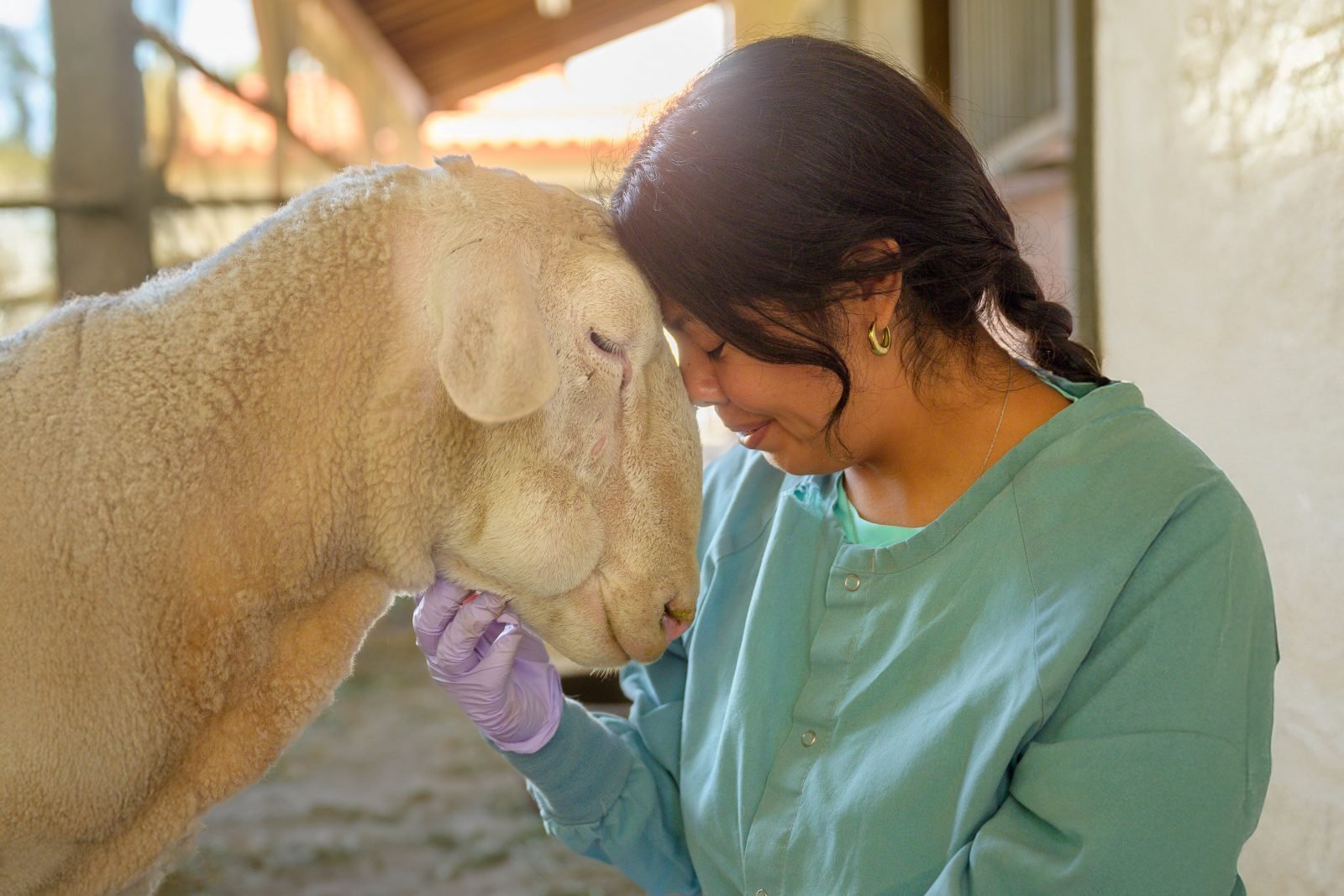But for nearly all backyard hens, life begins the same way it does for factory farmed birds, and it often ends much the same way as well. But not for a group of hens, including Bianca, who found salvation at our New York Shelter.
Our caregivers have been feeding Bianca a special diet of cooked yams rolled in seeds and pellets to help her gain much-needed nutrients. But, when Bianca and her sisters arrived here, relinquished by their owner, the skinny hen weighed only about two pounds because a severe “debeaking” had made it difficult for her to eat.
Like all chicks purchased from catalogs or feed stores, Bianca had come from an industrial hatchery. Because most of the female chicks born at hatcheries are destined for overcrowded warehouses or cages, where stress can induce fighting and pecking, the facilities amputate portions of the newborns’ beaks. These procedures are performed without anesthetic, rapidly, and, as cases like Bianca’s reveal, often with disastrous results.
The baby birds, at one day old, are shipped to customers in cardboard boxes with no food, water, or temperature controls — a harrowing and frequently fatal journey. Meanwhile the brothers of these hens, considered useless because they cannot lay eggs, are gassed, ground up alive, thrown out with the trash, or tossed in with shipments of female chicks as packing material. The sexual distribution of hatched chicks is roughly fifty–fifty, so any purchase of female chicks represents the death of an equal number of male chicks.
Bianca and her sisters are Red Star chickens, one of the breeds favored by industrial farms for their high egg yield. This propensity for excessive laying makes the hens vulnerable to a slew of reproductive tract ailments, some of them deadly. These ailments are often left untreated because after only two years of laying, the hens’ yield rapidly declines. In commercial production, these hens are then deemed “spent” and are sent to slaughter.
The outcome is similar in many backyard flocks. When egg production declines, chicken owners become reluctant to spend time and money on feed, sanitation, and basic care — much less on veterinary care, which can be expensive. Countless unwanted chickens, including both spent hens and roosters sent to customers by mistake, are set loose to face harsh weather, predators, and starvation. Some are dumped at municipal shelters, where they are likely to be euthanized. Others are slated to be butchered.







